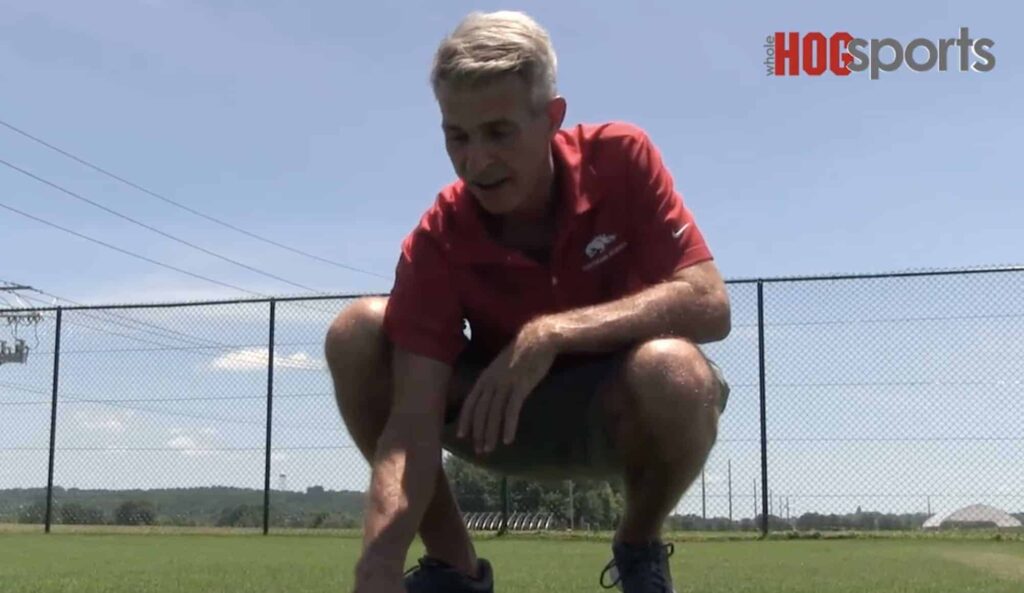Dr. Doug Karcher of University of Arkansas discusses the conversion of Razorbacks Stadium to Tahoma 31:
Tahoma 31 was engineered to grow well in Midwest climates such as the one in Fayetteville. Karcher said the grass has held up well during cold Arkansas winters since he began testing it six years ago, including the particularly frigid and precipitous winter of 2013-14.
“There are two things that can kill Bermuda grass, because it’s hard to kill. One is shade and the other is cold,” Karcher said. “Oklahoma State has done a really good job working out cold tolerance in Bermuda grasses that make that less of an issue around here.”
According to Tahoma 31’s website, it had a winterkill rate of 25% in Lexington, Ky., in 2014, compared to winterkill rates between 50% and 99% for the five other variations of Bermuda grass tested at the same location at the same time.
Cold and shade have caused issues at Reynolds Razorback Stadium in the past. When the south end zone seating structure was constructed prior to the 2001 season, the sod at the time — Tifway 419 — did not handle the added shade well during colder months. Another Bermuda variety, Riviera, was added a couple of years before the switch to turf and was better equipped to handle the shade.
Tahoma 31 was “a top performer” in testing, Karcher said.



